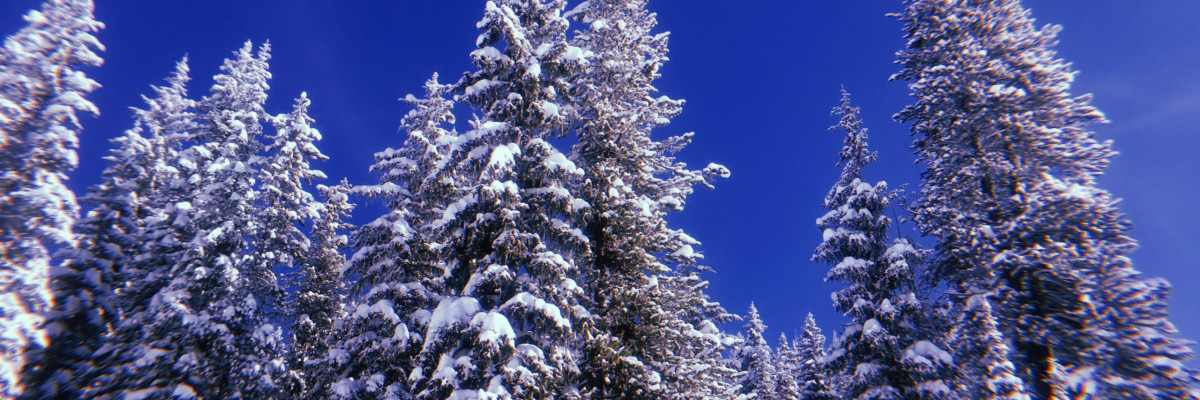Today’s avalanche danger is rated MODERATE throughout the advisory area.
Good morning, this is Andrew Schauer with the West Central Montana avalanche advisory for February 20, 2020. Today’s advisory is sponsored by Krispy Kreme. This advisory does not apply to operating ski areas, expires at midnight tonight, and is the sole responsibility of the U.S. Forest Service.
Weather and Snowpack
We have not received any snowfall in the past 24 hours. Winds have been blowing out of the southeast to southwest at 10-15 mph. Temperatures this morning are in the single digits to low teens F and will reach the high 20’s to mid 30’s in the mountains today. Winds will be 5-10 mph out of the southwest. Skies will remain clear through Saturday, and our next chance of snowfall will be Sunday morning.
With clear skies and high temperatures reaching the mid 30’s through the end of the week, our primary concern will be loose wet avalanches. There is close to a foot and a half of unconsolidated snow near the surface that will quickly loose strength as temps rise. (video) Although they may not be huge, these avalanches can be dangerous if you are caught in the wrong terrain. Be on the lookout for red flags like roller balls, pinwheels, (photo) and other loose wet avalanches. If you notice the snowpack heating up, move to shaded aspects or head home for the day.
We also need to be aware of the lingering persistent slab problem that we have been dealing with for most of the season. The snowpack does not respond well to rapid change, and a little bit of liquid water in the snowpack may be all we need to push buried weak layers to their breaking point. We have gotten reports of buried surface hoar in the Central and Southern Bitterroot, and we have seen weak facets buried around crusts throughout the advisory area. Approach steep slopes with caution, and make sure you dig a pit to identify and test these weak layers before committing to avalanche terrain since it will be possible to trigger an avalanche on one of these layers today.
There is a thick layer of depth hoar buried under 1.5-2m of snow in the southern Bitterroot that still needs to be treated with caution. Today is not the day for big objectives down south. If you are trying to get on steeper slopes, find a shallow place to dig and look for weak, sugary snow at the ground. If you find it, pick another slope to ride. These avalanches are unlikely to fail in stability tests, but if you find the right spot on the slope it is still possible to trigger a very large avalanche.
The Bottom Line
The new snow at the surface is going to become reactive with warming temperatures and plenty of sunshine over the next two days. We will see loose wet avalanches on sunny slopes, and there is a chance that this rapid warming could activate persistent weak layers in the upper 2-3’ of the snowpack. Avoid sunny slopes as the day heats up, and use stability tests to assess these weak layers before committing to steep slopes.
Your observations are extremely helpful! If you get out, please take a minute to fill out the observation form on our website (missoulaavalanche.org), or shoot us a quick email at [email protected].
We offer a variety of avalanche courses throughout the winter. Our schedule may be found at the course offerings page on our website. We still have two spots left on our Level 1 course at Lolo Pass at the end of this month (2/27-3/1). If you are interested in enrolling, you can find info here, or email us with questions.














